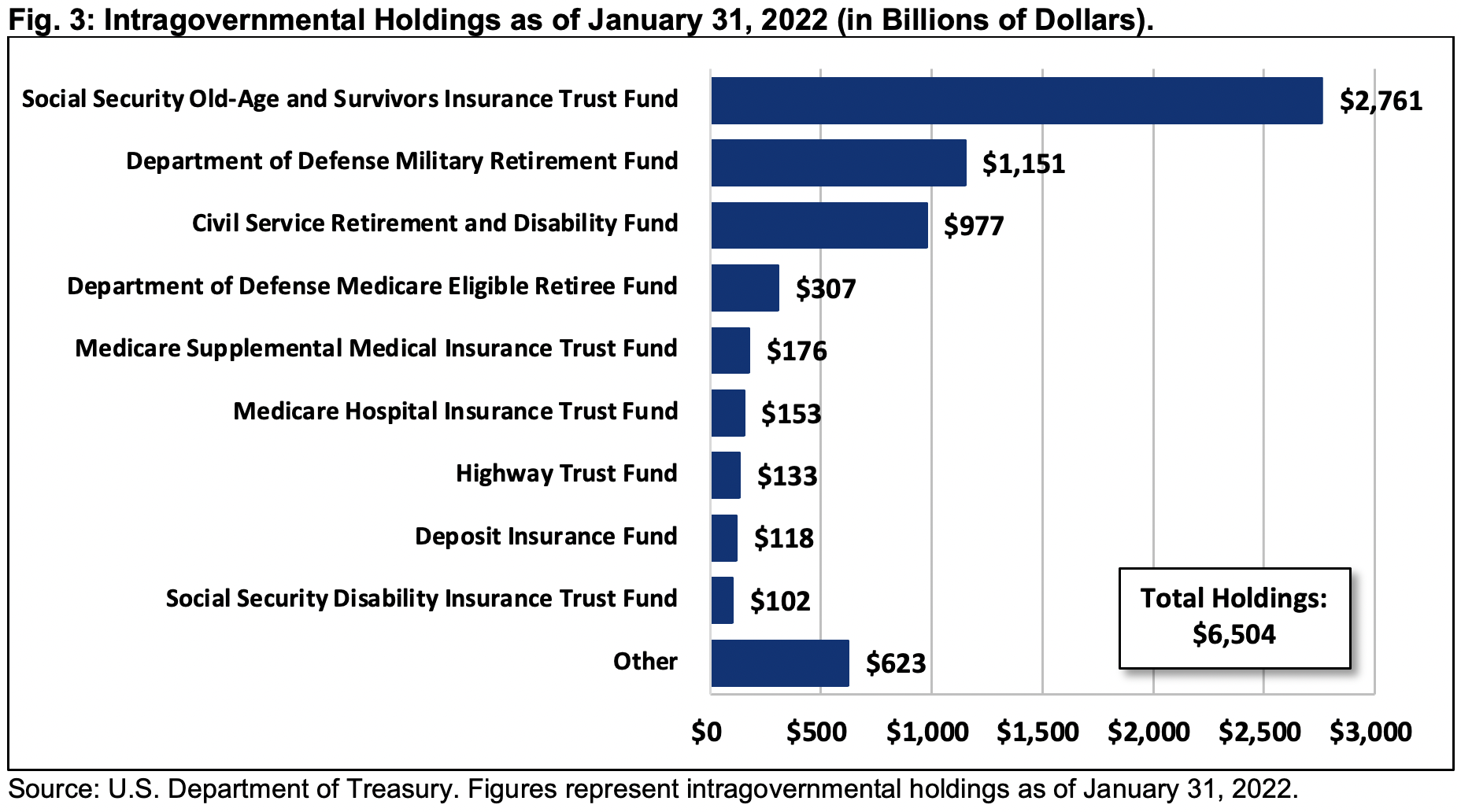While many believe that the US Constitution makes debt default impossible, it is a dangerous idea that can breed complacency among politicians regarding the financial and economic market dangers associated with the debt ceiling standoff.
The 14th Amendment to the US Constitution states that the validity of the public debt of the United States, authorized by law, shall not be questioned.
This means that if the debt ceiling were breached, the government would prioritize debt service payment over regular government expenditures to avoid default, leading to cutbacks in other spending to generate the necessary resources.
However, despite what many people believe, the US government has defaulted on its debt obligations at least three times since the 14th Amendment was adopted in 1866. The most notable default occurred in 1933 when President Franklin Roosevelt took the US off the gold standard.

In the era of the Great Depression, the US government, including the White House, Congress, and the Supreme Court, reached an agreement to erase approximately 40% of the country’s private and public debt by declining to convert its gold bonds into gold coins. Instead, the government repaid its gold bond obligations with depreciated currency.
In August 1971, President Nixon closed the US gold window for a temporary period with the intention of managing inflation, which is another instance of the US government failing to fulfill its debt obligations.
By closing the gold window, the US government abrogated a financial commitment it had made to the rest of the world at the Bretton Woods Conference in 1944 that set up the post-war monetary system.
At the conference, the United States made a commitment to exchange every US dollar for an ounce of gold at a rate of $35. However, when Nixon denied foreign central banks the option to exchange their dollars for gold, it was seen as a violation of the US’s traditional responsibility to ensure the dollar was as valuable as gold, which in effect, resulted in a default.
In 1968, the US government refused to honor its explicit promise to redeem its silver certificate paper dollars for silver dollars. When an embarrassingly large number of bearers of these certificates demanded the promised silver dollars, the US government simply decided not to pay.
The Impact of a US Debt Default
Given the US government’s credit record, foreign investors can be forgiven for entertaining some doubt about the protection afforded to them by the US Constitution.
This uncertainty can explain why, in 2011, at the time of the last major US debt ceiling showdown, US and global financial markets crumbled as US politicians played a game of chicken in approving an increase in the debt ceiling.
It also explains why the Standard and Poor’s credit agency chose to strip the US government of its coveted AAA rating, thereby raising the government’s borrowing costs.
Recently, the US debt ceiling was reached again in January 2023, when the national debt exceeded $31.4 trillion, and if it’s not increased soon, the government will have to rely on extraordinary measures to pay its obligations, putting it at risk of defaulting later in the year.

The government would default on its debt in two ways: by failing to raise or suspend the debt ceiling or by not paying interest on Treasury bills, notes, and bonds.
When the debt ceiling is reached, the Treasury Department takes emergency financial measures to pay the nation’s bills, buying time for Congress to decide on the debt ceiling.
However, if Congress delays the decision, it could cause investors to lose confidence in the nation, leading to higher interest rates, uncertainty in the financial markets, and a possible downgrade of the U.S. credit rating, which could impact the stock market.
A default on U.S. debt would have severe economic consequences, including higher interest rates, inflation, and a potential stock market decline.
Several government programs, including Social Security and Medicare, would be impacted, and federal employees and small business owners with federal loans could be at risk.
Such financial impacts could lead to a significant decrease in consumer spending, causing businesses to shut down and potentially leading to another recession.











